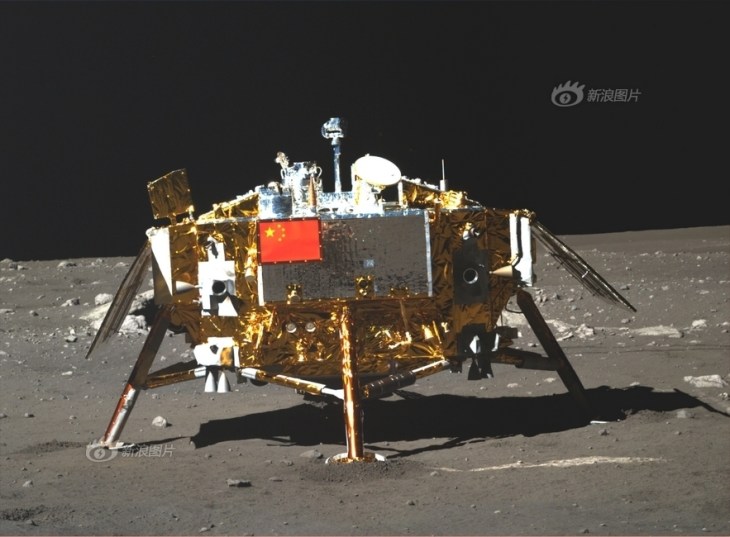hobbsyoyo
Deity
- Joined
- Jul 13, 2012
- Messages
- 26,575
NASA and SLS did alright in the latest round of budget negotiations and the SLS program is still 'on track'.
Virgin Galactic had another gliding drop-test following a power ascent last week. They seem to be inching toward beginning service slowly but steadily. I could see suborbital hops being commercially successful, but I have my doubts. I'm also not sure that kind of service will lead to orbital flights for paying passengers, which would really get the industry moving.
Orbital Sciences made their first commercial cargo delivery to the ISS (a mission that was delayed due to the heat-pump failure on the ISS in December).
SpaceX also had their second successful GEO commercial launch. At least I think it was a GEO launch, I can't find a link...
Industry analysts have been saying that the recent descent stage for the Chinese lunar rover is much too big for the job that it performed and have speculated that it in fact had a dual purpose: to land the rover and serve as a testbed for a manned lander. Here are some side-by-side comparison photos. Unfortunately, I don't know how big the Chinese landing platform actually is so it's hard to tell if it is the same scale as the Apollo LM, but they do look similar.


Of course, form follows function so the similar designs could be purely coincidental much like how the Soviet Buran Shuttle and US Space Shuttles looked very similar. IIRC, there was a Congressional inquiry into Soviet spying at NASA after the Buran was unveiled, however it was found that they looked alike essentially because they did the same thing and there is only so many optimal ways to do the same type of high-performance aerodynamic job.
Here is an article on the Chinese lunar lander and rover.
And here is an article on the development history of the US LM. I haven't read it yet but it looks interesting. It has tidbits on the alternatives that were considered as well as the Soviet N1/L3 lunar lander.
Virgin Galactic had another gliding drop-test following a power ascent last week. They seem to be inching toward beginning service slowly but steadily. I could see suborbital hops being commercially successful, but I have my doubts. I'm also not sure that kind of service will lead to orbital flights for paying passengers, which would really get the industry moving.
Orbital Sciences made their first commercial cargo delivery to the ISS (a mission that was delayed due to the heat-pump failure on the ISS in December).
SpaceX also had their second successful GEO commercial launch. At least I think it was a GEO launch, I can't find a link...
Industry analysts have been saying that the recent descent stage for the Chinese lunar rover is much too big for the job that it performed and have speculated that it in fact had a dual purpose: to land the rover and serve as a testbed for a manned lander. Here are some side-by-side comparison photos. Unfortunately, I don't know how big the Chinese landing platform actually is so it's hard to tell if it is the same scale as the Apollo LM, but they do look similar.
Spoiler :


Of course, form follows function so the similar designs could be purely coincidental much like how the Soviet Buran Shuttle and US Space Shuttles looked very similar. IIRC, there was a Congressional inquiry into Soviet spying at NASA after the Buran was unveiled, however it was found that they looked alike essentially because they did the same thing and there is only so many optimal ways to do the same type of high-performance aerodynamic job.
Here is an article on the Chinese lunar lander and rover.
And here is an article on the development history of the US LM. I haven't read it yet but it looks interesting. It has tidbits on the alternatives that were considered as well as the Soviet N1/L3 lunar lander.


 .
.






